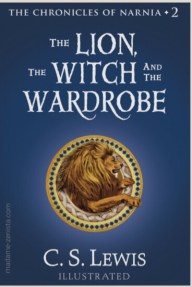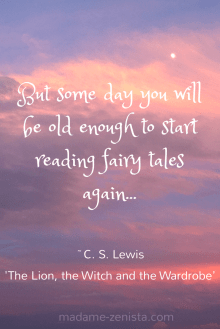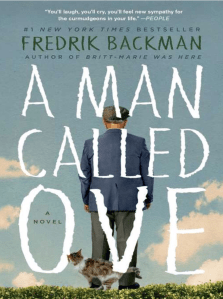
I seem to punctuate my reading spells every now and then with a good Young Adult genre that seem to awaken some leftover “YA emotions” hibernating in some corner of me and I time-travel. Interesting exercise that this is – to look back at one’s vulnerable time as a YA, now ensconced in the acquired wisdom (more or less) in a dear exchange of youth, hope and careless optimism – is to see life come a full circle.
The Book: is a first-person narrative by the highschooler protagonist Aza who keeps getting into an obsessive hypochondriacal cycle of over-thinking going down into an infinite and ever-tightening spiral, a condition she is very well aware of, but unable to extricate herself from. In other words, this book is primarily about how it feels to be trapped in mind of a mentally ill person. Yet, just like touching someone else’s body isn’t the same as having someone else’s body, reading about mental illness may not be even close to actually experiencing it, though it behooves us to educate ourselves and empathize. Other characters in the story are Aza’s mother, her friend Mychal, almost-boyfriend Davis and the psychotherapist, Dr. Singh. But the character I most enjoyed was Aza’s longtime best friend Daisy – a Star Wars fan fiction writer coming from a very modest family background with tons of practical wisdom, quick wit and humor that I loved!
One day, Aza tells Daisy about the struggle with competing “voices” in her head and to understand which one is the real her at its core (if there be one at all – which in itself is a pretty scary and defeating thought). And Daisy shares with her this little story about a conversation between a scientist and an old religious lady:
Having explained the Big Bang and how the earth and life came into being, the scientist asks his audience if they had any questions, and an old lady raises her hand and says, ‘That’s all fine and good, Mr. Scientist, but the truth is, the earth is a flat plane resting on the back of a giant turtle.’ The scientist decides to have a bit of fun with the woman and responds, ‘Well, but if that’s so, what is the giant turtle standing upon?’ And the woman says, ‘It is standing upon the shell of another giant turtle.’ And now the scientist is frustrated, and he says, ‘Well, then what is that turtle standing upon?’ And the old woman says, ‘Sir, you don’t understand. It’s turtles all the way down.’ Thats how the book gets its curious title, and aptly so because, in my opinion, this alludes to the eternal question that has haunted the thinking man: Who am I?
The philosophical conversations between Aza and Davis are intertwined with inspiring literary quotes. The climax of the book is not that Aza gets cured of her affliction and lives happily ever after; it is, instead, very realistic and makes you shed tears, it also hopeful believable and very beautiful. As I turned the pages to Acknowledgements, I was touched to find these last few lines, “It can be a long and difficult road, but mental illness is treatable. There is hope, even when your brain tells you there isn’t” and a treatment referral helpline for SAMSHA 1-877-SAMSHA7. John Green’s writing is, as always, very engaging, clever and is in an honest voice. I give this book 4 stars on Goodreads.











 When I finally got around reading it amidst several projects (a family wedding, relocating to another state, getting back to work after years, to name a few), maneuvering through digital / physical library copies, whenever available, (oh, and some other books I finished during that period), I eventually
When I finally got around reading it amidst several projects (a family wedding, relocating to another state, getting back to work after years, to name a few), maneuvering through digital / physical library copies, whenever available, (oh, and some other books I finished during that period), I eventually 









 I was quite taken by the
I was quite taken by the




